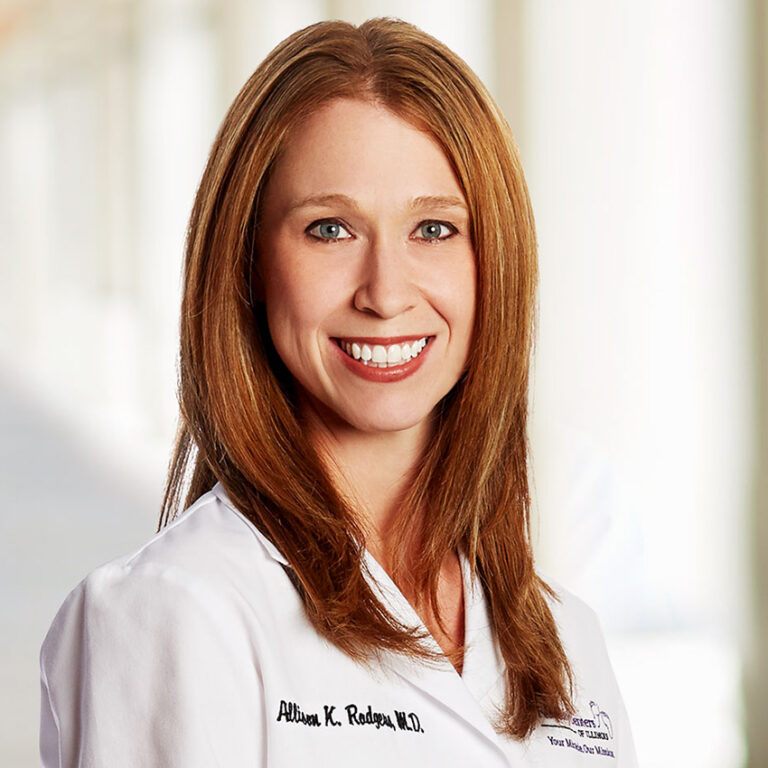Our goal is to maximize pregnancy rates while lowering multiples rates. The latest technology has become so advanced, allowing us to be very successful! Transferring a single high-quality embryo in good prognosis patients has an excellent outcome and decreases obstetrical risks by dramatically decreasing risk of multiple pregnancies. For several years, it has been Fertility Centers of Illinois physicians’ routine to transfer a single embryo in patients with a good prognosis and a good quality embryo.
Many patients utilize pre-implantation genetic screening and diagnosis (PGD and PGS) on embryos obtained during their IVF cycles. PGD involves removing a few cells of the trophectoderm (future placenta and membranes) at the blastocyst stage (day 5) and performing genetic analysis on those cells. The technology options include aCGH (array comparative genomic hybridization) and MA (microarray), single nucleotide polymorphisms (sNP) arrays and next-gen sequencing, and comprehensive chromosomal screening (CCS). These technologies analyze all 23 chromosomes.
With some techniques, even micro-deletions can be identified. In experienced hands, with the latest genetic analysis, this can be a powerful and successful approach. The embryos are typically either biopsied on the fifth or sixth day and either cryo-preserved or analyzed and transferred on the next day.
The major uses of PGD are diagnoses of single gene defects including recessive (cystic fibrosis), dominant (polycystic kidney) or X-linked (hemophilia, where only male offspring are affected), and detection of carriers of unbalanced chromosomal structural abnormalities (like translocations or inversions, which usually result in miscarriages).
PGS is used more commonly for aneuploidy screening, looking for either polyploidy (too many copies of all the chromosomes), trisomies, monosomies of individual chromosomes, or complex abnormalities. Any of these abnormalities may result in the inability to become pregnant at all, miscarriages, or the delivery of an abnormal baby.
Many new treatment paradigms have recommended that an embryo transfer of a single euploid embryo can increase pregnancy rates while minimizing multiples rates. The Blastocyst Euploid Selective Transfer (BEST) Trial compared comprehensive chromosomal screening on single embryo transfers versus untested double embryo transfers showing the same pregnancy rate with dramatically lower twin rate of 0% vs 48%- which was similar to Fertility Centers of Illinois’ own patient data.
While we routinely do single embryo transfers on good prognosis patients and have outstanding pregnancy rates, older patients or patients with poorer quality embryos may be as successful with a single embryo. The transfer of a single euploid embryo is ideal, but unfortunately not standard of care at this time.
Not all patients elect to proceed with this type of treatment. This is mainly due to the additional cost associated with embryo biopsies and genetic analysis. For patients who have insurance coverage for fertility services, often they do not have coverage for genetic screening. Another risk of this paradigm is that patients may end up with no normal embryos to transfer.
As with any test, there can be false positives and false negatives. A false positive with PGD would result in not transferring a healthy embryo and a false negative would result in transferring an abnormal embryo. With the newest technology and techniques, these errors are very low, but can exist. The current literature demonstrates that this error rate may be less than 2% depending on the genetic analysis technology that is utilized. Compared to even a few years ago, embryo sampling has become much more safe and accurate.
It would be easy assume that because the embryos were already screened before transfer, a pregnancy following PGD does not need routine aneuploidy screening, but this is not advised! While the chances of an error are lower on a PGD tested embryo compared to a non-tested pregnancy, these embryos still have a risk, albeit low, of aneuploidy or other genetic abnormalities. We recommend that you utilize routine aneuploidy screening for these patients.
In the near future, transfer of a single euploid embryo may be the standard for all patients! We strive to not only keep up with the latest technology but to be a leader in the field to advance outcomes to help patients be more successful!
What we consider successful is not just pregnant, but a healthy singleton pregnancy.
Medical contribution by Allison K. Rodgers, M.D.
Dr. Rodgers’ approach to care has been influenced by her own infertility and pregnancy loss. She has published many original research articles in top medical journals. She also writes for her blog, Destination: Parenthood, on many fertility related subjects.







